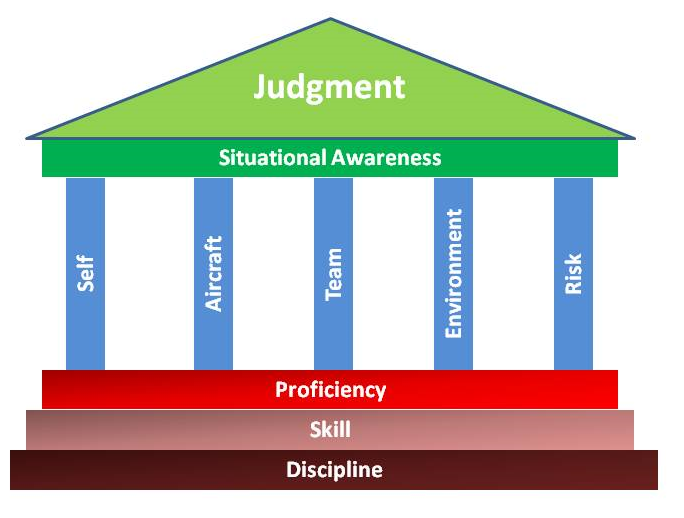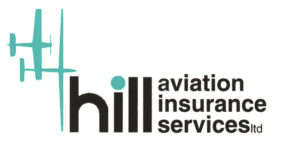Managing Flying Risk
The British Gliding Association, which comprises of member clubs each of which supports its own individual members, is committed to facilitating an environment within which our sport can be successful and enjoyed by anyone who joins a BGA club. Gliding is an ever-evolving air sport. Glider performance and pilot soaring knowledge and skill are improving all the time, and technology is helping us make the most of the weather. The important basics do not change that much. But they can be easily overlooked or forgotten.
Although there is an increasing amount of external regulation being applied to gliding, the sport still benefits from a long and successful history of self-regulation. BGA self-regulation comprises of Operational Regulations and associated requirements and guidance which are all developed with members input and periodically reviewed. We also use a Safety Management System and a process of continuous improvement with the objective of facilitating a sport gliding environment where the levels of risk to participants are as low as reasonably practicable and where third parties are not affected by the activity.
Airmanship has three fundamentals: skill, proficiency and the discipline to apply them in a safe and efficient manner. Beyond these fundamental principles, expert pilots have a thorough understanding of their aircraft, their team, their environment, their risks and themselves. With all of these elements in place, there is the best opportunity to exercise consistently good judgement through a high state of situational awareness which leads to better decision making.
‘Managing Flying Risk’ aims to provide pilots and clubs with guidance on how to better understand, minimise, and manage the risks associated with gliding operations, including with powered gliders and tug aircraft. It does not replace any existing law, which should always take precedent.
Managing Flying Risk contents
- Culture and Safety Management System
- Gliding sites
- Ground handling
- In-flight equipment including radio
- Currency Barometer
- NOTAM and airspace restrictions
- Distraction
- Preparing for flight
- Safe rigging
- Winch launching
- Aerotow launching
- Launch signalling
- Collision avoidance
- Safe thermal soaring
- Soaring Protocol
- Hill, ridge and mountain soaring
- Supervision
- First flights – introductory flights and trial lessons
- Flying with other pilots
- Ageing pilots
- Motor gliders, self-launching and self-sustainer sailplanes
- Towing / operating tug aircraft
- Flying in gliding competitions
- Reporting accidents and incidents
- Publications
- Appendices
Terminology
Within this document, the term ”must”or “shall” is used where referring to something that has to be done because it’s absolutely necessary ,including to obey a rule or law. Examples include “the pilot in command must reasonably ensure that the intended flight can be completed safely” and quotes from Standardised European Rules of the Air. The term “should” is used where referring to the appropriate way of doing something including guidance based on known good practice. For example,“a first aid kit should be kept in a prominent and easily accessible place”.
Updates
This document will be frequently reviewed and updated as required. Clubs will be consulted prior to any significant amendments.
Heading image: Tony Kerns


